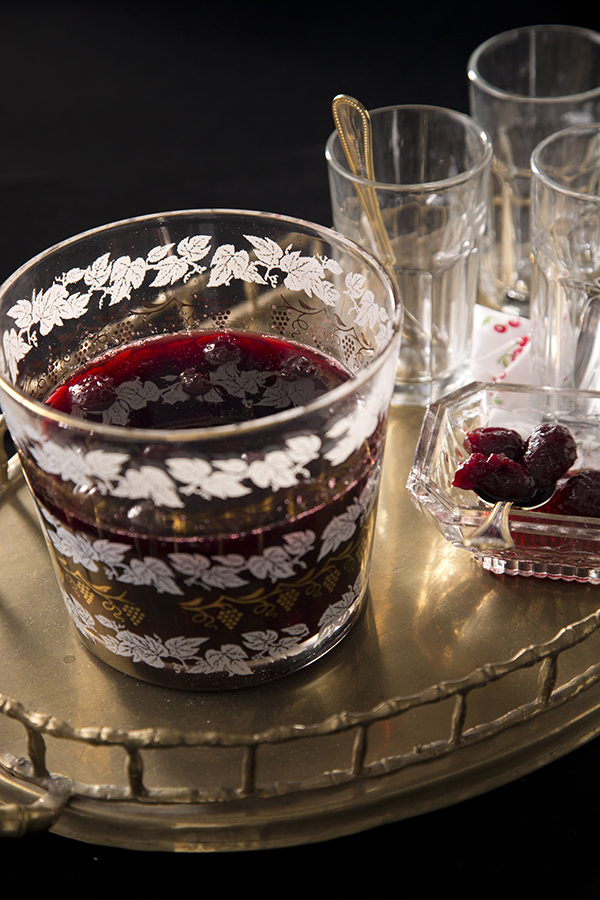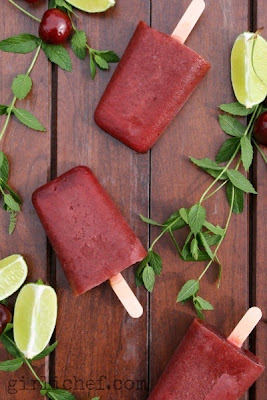The foam suffocates 15,000 chickens in 15 minutes. It's an American invention by Kifco, a manufacturer of irrigation equipment in Illinois. Note the humans in white suits standing in the windows. This is a "free range" farm, because they are not in individual cages, so the FDA allows the packaging of their dead flesh to be sold as "free range." happy chickens, humane farming - feel good about your purchase packaging for unconscious consumers of animals.
 Most primates have the capacity for eating sugary fruit, the capacity for eating leaves and the capacity for eating meat. But meat is a rare treat, if eaten at all. Sure, chimpanzees sometimes kill and devour a baby monkey, but the proportion of the diet of the average chimpanzee composed of meat is small. And chimps eat more mammal meat than any of the other apes or any of the monkeys. The majority of the food consumed by primates today–and every indication is for the last thirty million years–is vegetable, not animal. Plants are what our apey and even earlier ancestors ate; they were our paleo diet for most of the last thirty million years during which our bodies, and our guts in particular, were evolving. In other words, there is very little evidence that our guts are terribly special and the job of a generalist primate gut is primarily to eat pieces of plants. We have special immune systems, special brains, even special hands, but our guts are ordinary and for tens of millions of years those ordinary guts have tended to be filled with fruit, leaves, Science can replicate a beak; it is still working on making a good replica of a colon, much less replicating the great variety of colons and guts more generally found in nature. Carnivores such as lions have smooth stomachs big enough to hold a good sized hunk of a small antelope. In them, the muscles of prey are returned to the bits of protein out of which they are made. The stomachs of some herbivores on the other hand are dense with hair-like villi and, moving among them, the bacteria that aid in the breakdown of plant cell walls and their cellulose. The stomach of a cow is a kind of giant fermenter in which bacteria produce huge quantities of specific fatty acids the cow can easily use or store (You eat some of those fatty acids when you eat a cow). In other species, the stomach scarcely exists and fermentation takes place in a greatly enlarged large intestine.
Most primates have the capacity for eating sugary fruit, the capacity for eating leaves and the capacity for eating meat. But meat is a rare treat, if eaten at all. Sure, chimpanzees sometimes kill and devour a baby monkey, but the proportion of the diet of the average chimpanzee composed of meat is small. And chimps eat more mammal meat than any of the other apes or any of the monkeys. The majority of the food consumed by primates today–and every indication is for the last thirty million years–is vegetable, not animal. Plants are what our apey and even earlier ancestors ate; they were our paleo diet for most of the last thirty million years during which our bodies, and our guts in particular, were evolving. In other words, there is very little evidence that our guts are terribly special and the job of a generalist primate gut is primarily to eat pieces of plants. We have special immune systems, special brains, even special hands, but our guts are ordinary and for tens of millions of years those ordinary guts have tended to be filled with fruit, leaves, Science can replicate a beak; it is still working on making a good replica of a colon, much less replicating the great variety of colons and guts more generally found in nature. Carnivores such as lions have smooth stomachs big enough to hold a good sized hunk of a small antelope. In them, the muscles of prey are returned to the bits of protein out of which they are made. The stomachs of some herbivores on the other hand are dense with hair-like villi and, moving among them, the bacteria that aid in the breakdown of plant cell walls and their cellulose. The stomach of a cow is a kind of giant fermenter in which bacteria produce huge quantities of specific fatty acids the cow can easily use or store (You eat some of those fatty acids when you eat a cow). In other species, the stomach scarcely exists and fermentation takes place in a greatly enlarged large intestine.
Yet, for all of the vulgar and magnificent elaborations on the theme of tubes to be found inside animals, the guts of humans are boring (although see footnote 5). Our guts are remarkably similar to those of chimpanzees and orangutans–gorillas are a bit special–which are, in turn, not so very different from those of most monkeys. If you were to sketch and then consider the guts of different monkeys, apes and humans you would stop before you were finished, unable to remember which ones you had drawn and which ones you had not. There is variation. In the leaf-eating black and white colobus monkeys (among which my wife and I once lived in Boabeng-Fiema, Ghana) the stomach is modified into a giant fermentation flask, as if the colobus were kin to a cow. In leaf-eating howler monkeys the large intestine has become enlarged to take on a similarly disproportionate role, albeit later on in digestion. But in most species things are not so complex. An unelaborated stomach breaks down protein, a simple small intestine absorbs sugars and a large (but not huge) large intestine ferments whatever plant material is left over. Our guts do not seem to be specialized hominid guts; they are, instead, relatively generalized monkey/ape guts. Our guts are distinguished primarily (aside from our slightly enlarged appendix) by what they are missing rather than what they uniquely possess. Our large intestines are shorter than those of living apes relative to the overall size of our gut (more like 25% of the whole, compared to 46% of the whole in chimps). This shortness appears to make us less able to obtain nutrients from the cellulose in plant material than are other primates though the data are far from clear-cut. The variation in the size and details of our large intestines relative to those of apes or gorillas have not been very well considered. In a 1925 study the size of colons was found to vary from one country to the next with the average Russian apparently having a colon five feet longer than the average Turk. Presumably the differences among regions in colon length are genetically based. It also seems likely that the true human colonic diversity has not yet been characterized (the above study considered only Europe). Because of the differences in our colons (and ultimately the number of bacteria in them) we must also vary in how effectively we turn cellulose and other hard to break down plant material into fatty acids. One measure of the inefficiency of our colons is our farting, which we all know varies person to person. Each stinking fart is filled with a measure of our variety.3 Aside then from the modest size of our colon, our guts are strikingly, elegantly, obviously, ordinary.
.jpg) Humans didn’t evolve to eat meat any more than we evolved to build skyscrapers – and it’s time we stopped attributing our consumption of animals to ‘evolution’, writes Tim Gier.
Humans didn’t evolve to eat meat any more than we evolved to build skyscrapers – and it’s time we stopped attributing our consumption of animals to ‘evolution’, writes Tim Gier.
There is a recurring argument which vegans (and vegetarians, too) constantly hear about how evolution has shaped humankind in terms of what we should eat. Although the specific argument may take different forms, all of them basically come down to this:
Humans have evolved to eat meat, it is unnatural for us not to eat meat, and therefore we should eat meat; it is right for us to do so.
Did humans evolve to eat meat?
Before trying to understand what a study of the fossil record can tell us about evolution, it will be helpful to understand what we mean by evolution in the first place.
Humans have not evolved to do anything. That is, the theory of evolution describes what we can observe as having already happened; it predicts what will most likely happen next and it explains how both those things come to be.
But the theory of evolution does not suggest that there is some goal to the process or that any living thing is evolving to be or to do anything at all. In other words, evolution describes how things are, not why they are.
For instance, sharks have been sharks for a long, long time. Sharks have all the brain size, eyesight, sense of smell, ability to move and all the other qualities of being that they need to live quite well as sharks.
Evolution is not thinking about making them move up the food chain, or pushing them toward some progressive goal. Sharks are highly suited to their environment. They are efficient exploiters of the resources available to them. They have evolved over time, but the ancient sharks in the fossil record are very similar in the most important ways to modern sharks.If we have evolved to “do” anything, then we have certainly evolved to think beyond our basest impulses and to act as something more than creatures driven by unthinking instincts.
We have survived on this planet because we have the capacity for rational thought, the imagination to see a better future and the ability to recreate our own environments.
Some people may want to view evolution as an excuse to remain trapped in the violent nature of ancient history. I choose to see it as our best hope to break free of those chains to live in a peaceful tomorrow.






.jpg)










.jpg)








